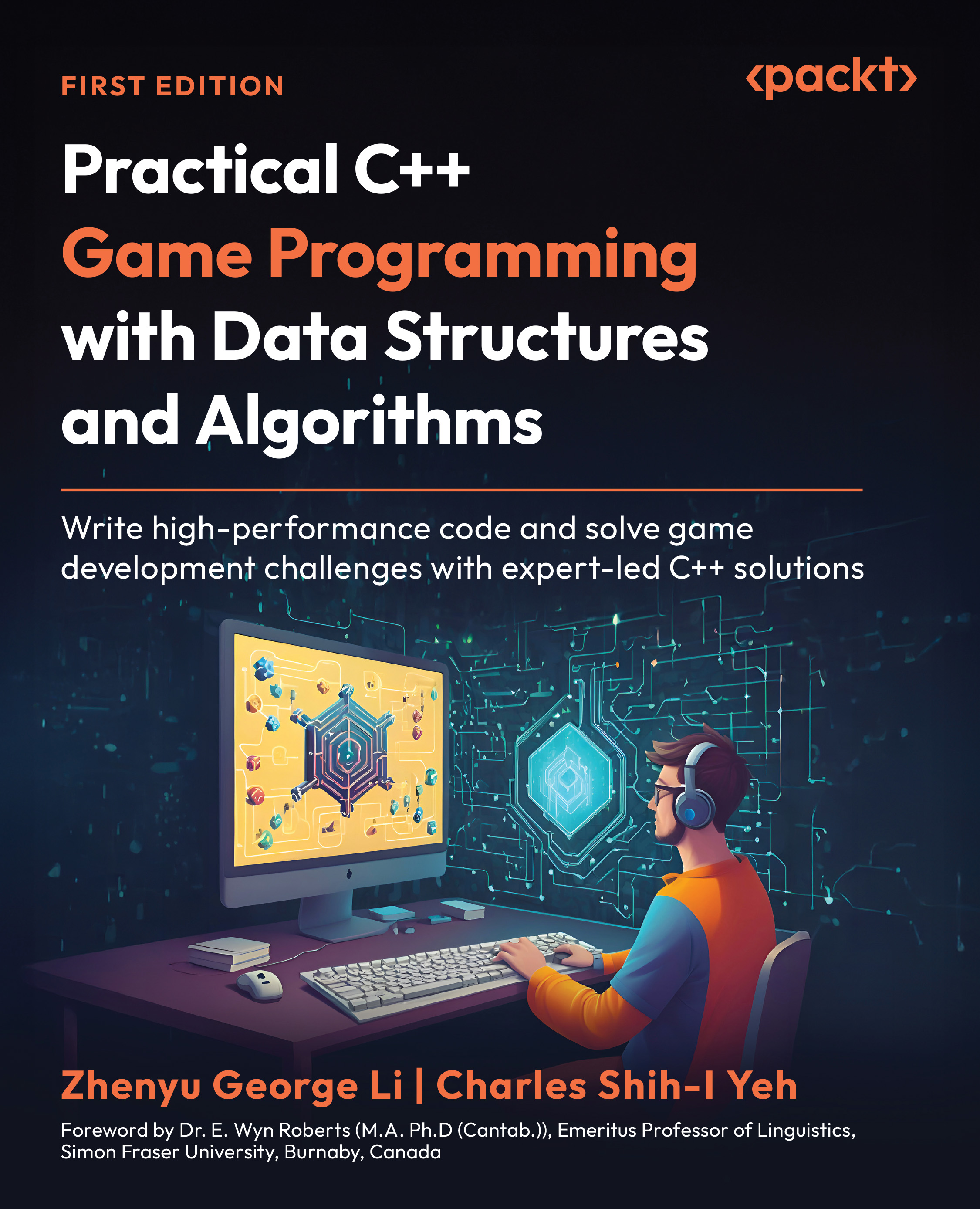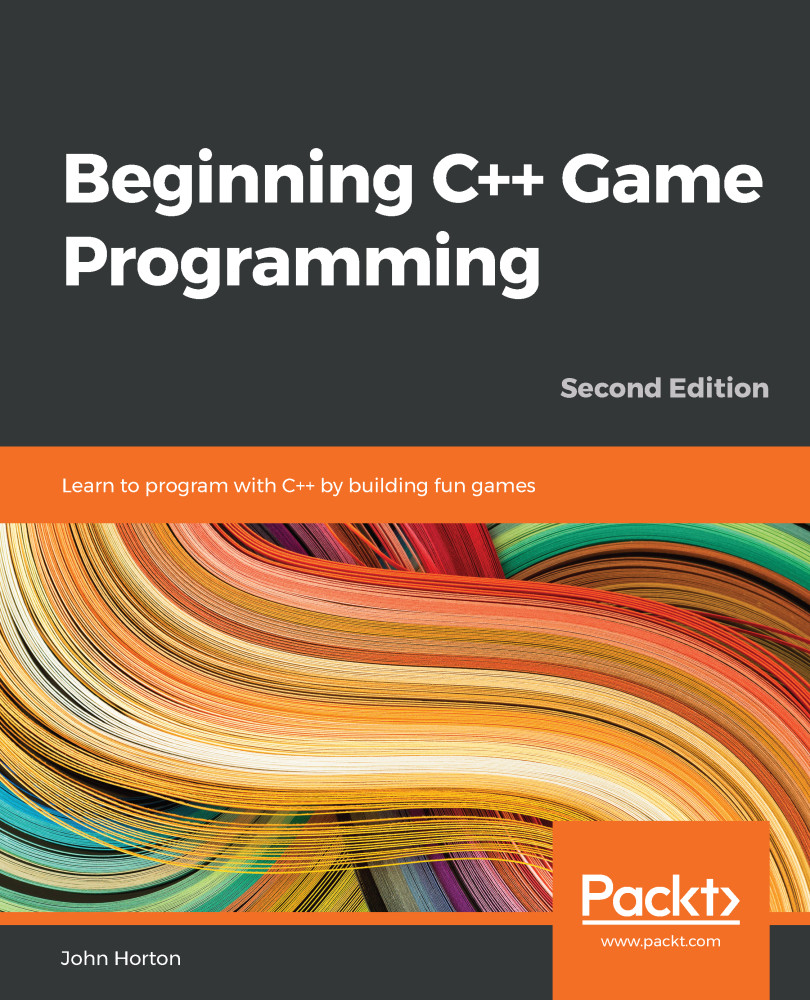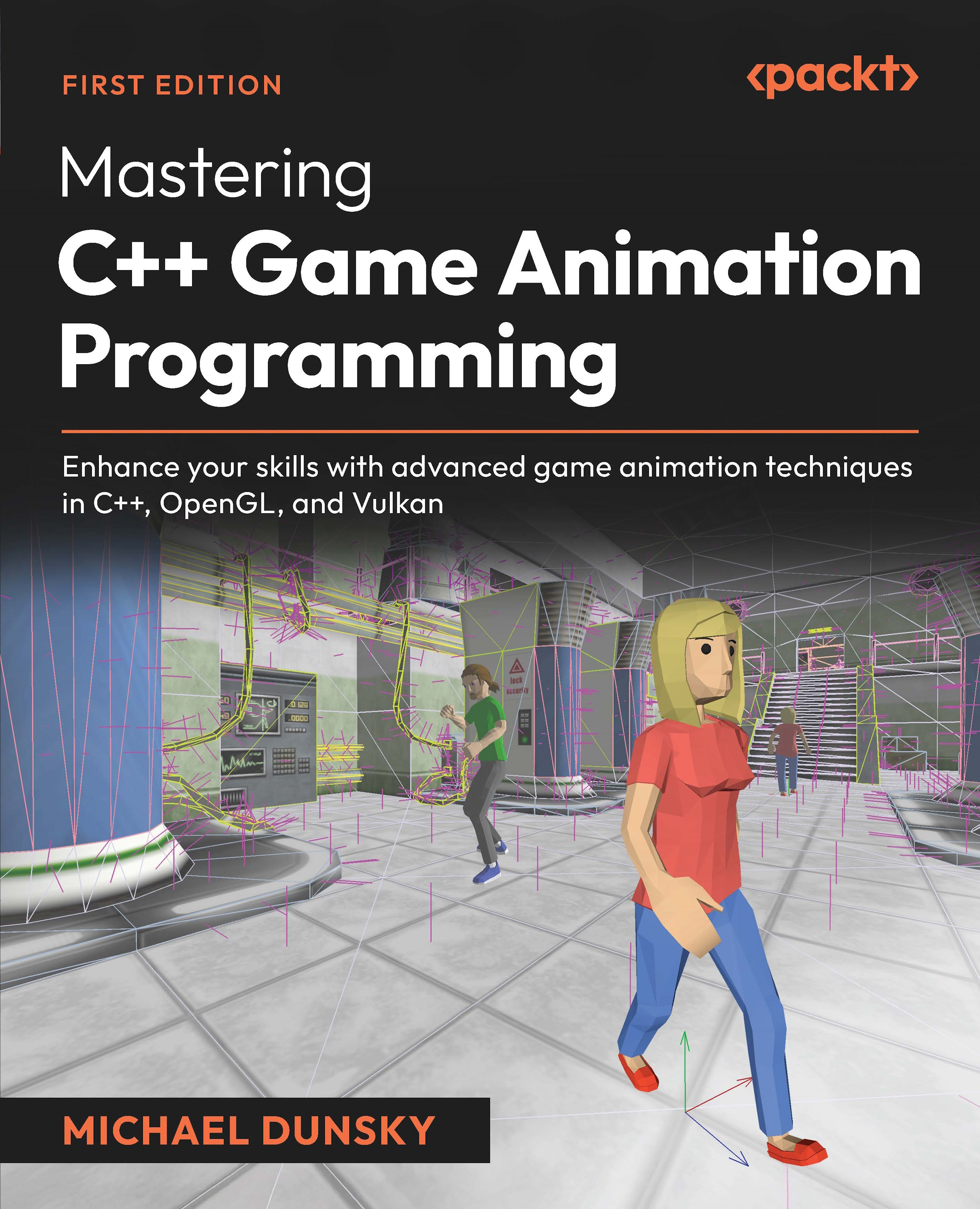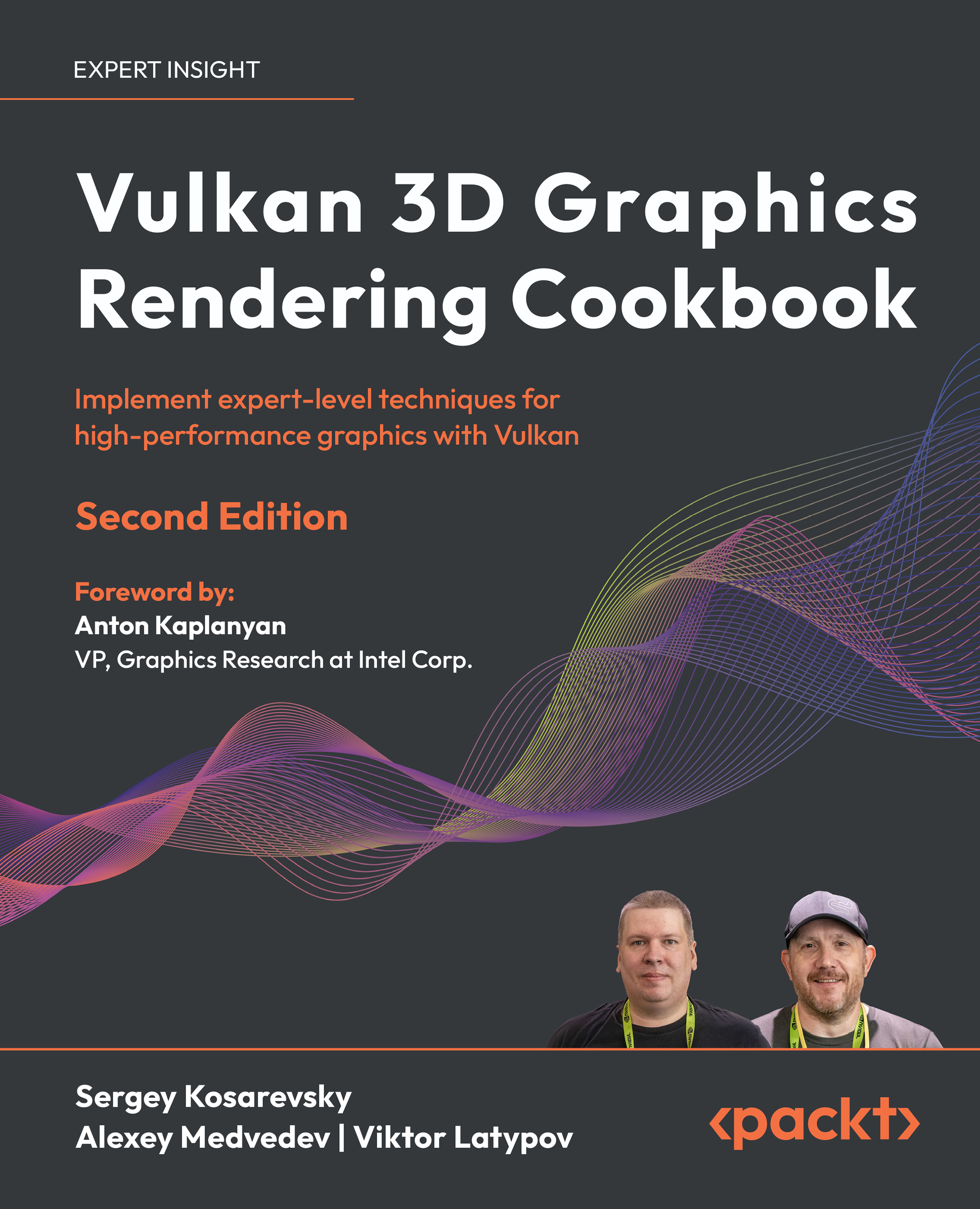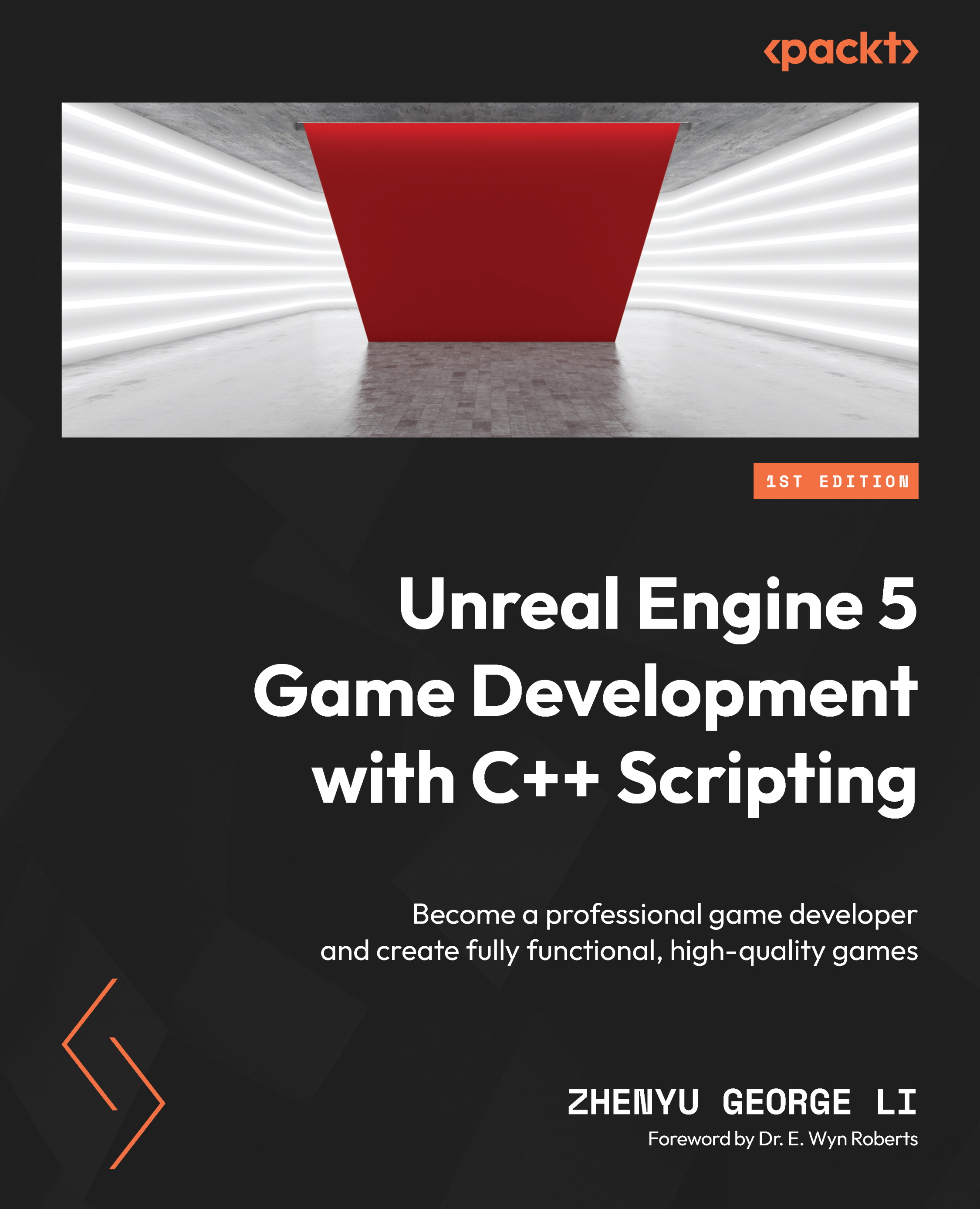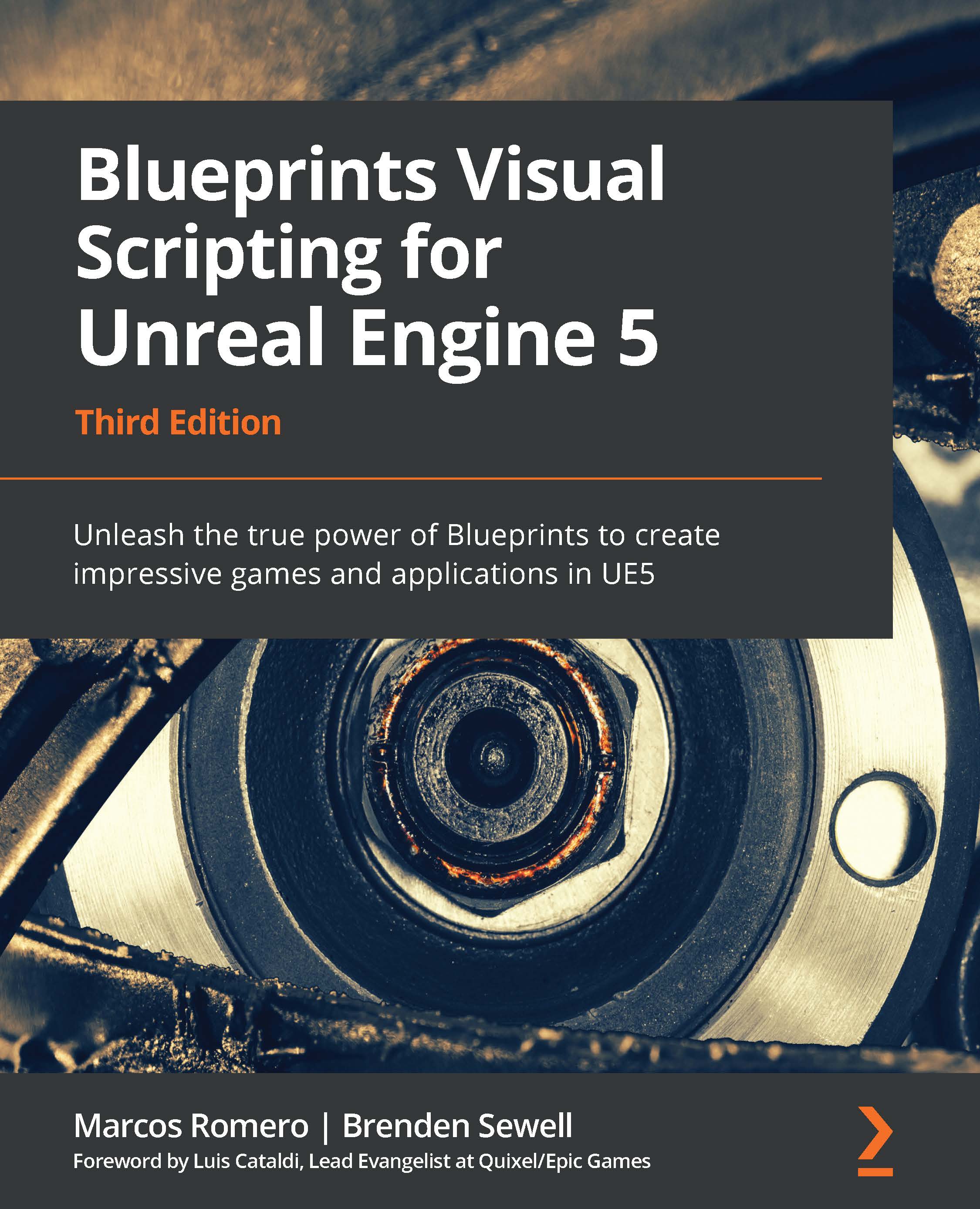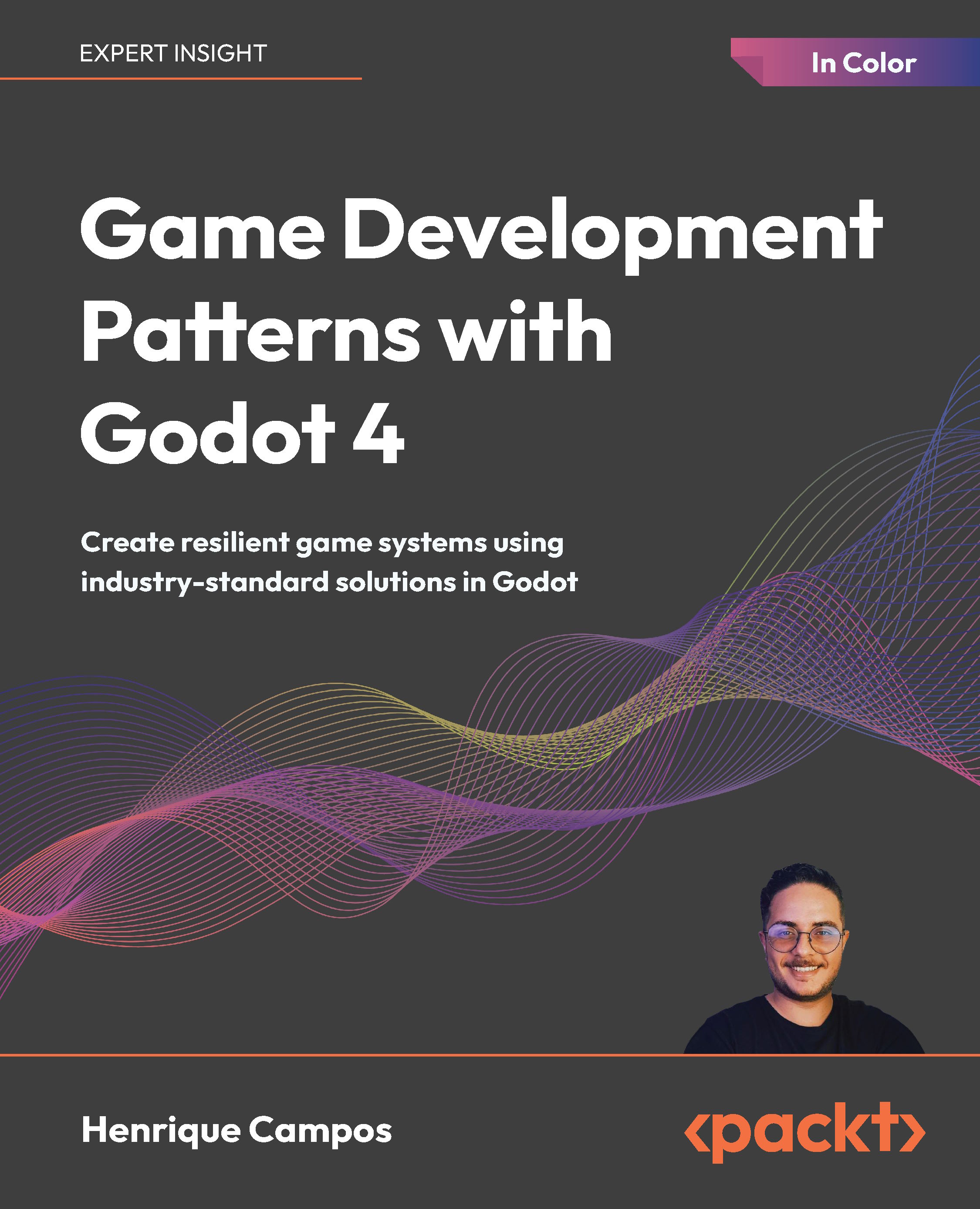-
Practical lessons covering Unreal Engine 5 physics, from basics to advanced simulations
-
Real-world applications of physics components, forces, and materials in dynamic environments
-
Hands-on guidance on integrating advanced features like destruction and cloth physics into games
This course walks you through Unreal Engine 5’s powerful physics system, starting with the basics of physics bodies, collision volumes, and vectors. You’ll learn how to set up simple object interactions, laying the foundation for realistic physics-based behaviors. As you explore collision events and vector systems, you'll gain essential skills to control and manipulate game objects in dynamic ways, ensuring your game world reacts as expected.
Progressing to intermediate concepts, you’ll work with traces, hit events, and physics volumes, enabling you to simulate forces and movement more realistically. You’ll also learn how to apply physical materials and components, refining your environment to respond to player interactions and changing conditions. By the end of this section, you’ll be able to create immersive, responsive gameplay that feels alive and interactive.
In the final section, you’ll dive into advanced techniques such as physics constraints, cables, and cloth simulations. You’ll master destruction physics to break objects realistically and work with physics fields to simulate forces like wind and gravity. By the end of the course, you'll be equipped to create detailed, physics-driven experiences in Unreal Engine 5.
This course is designed for game developers, technical artists, and enthusiasts who want to master Unreal Engine 5's physics system. Whether you're creating interactive simulations or adding realistic physics to your game world, this course is perfect for those with basic knowledge of Unreal Engine 5 looking to expand their technical skills. It’s suitable for professionals aiming to incorporate sophisticated physics simulations or beginners eager to explore the fundamental concepts of game physics.
-
Set up and manage physics bodies and collision volumes
-
Control object behavior using vector math for dynamic interactions
-
Implement traces and hit events for realistic in-game physics
-
Design responsive gameplay with physical materials and forces
-
Simulate advanced interactions like cloth physics and destruction
-
Create environmental effects using physics fields like gravity
 United States
United States
 Great Britain
Great Britain
 India
India
 Germany
Germany
 France
France
 Canada
Canada
 Russia
Russia
 Spain
Spain
 Brazil
Brazil
 Australia
Australia
 South Africa
South Africa
 Thailand
Thailand
 Ukraine
Ukraine
 Switzerland
Switzerland
 Slovakia
Slovakia
 Luxembourg
Luxembourg
 Hungary
Hungary
 Romania
Romania
 Denmark
Denmark
 Ireland
Ireland
 Estonia
Estonia
 Belgium
Belgium
 Italy
Italy
 Finland
Finland
 Cyprus
Cyprus
 Lithuania
Lithuania
 Latvia
Latvia
 Malta
Malta
 Netherlands
Netherlands
 Portugal
Portugal
 Slovenia
Slovenia
 Sweden
Sweden
 Argentina
Argentina
 Colombia
Colombia
 Ecuador
Ecuador
 Indonesia
Indonesia
 Mexico
Mexico
 New Zealand
New Zealand
 Norway
Norway
 South Korea
South Korea
 Taiwan
Taiwan
 Turkey
Turkey
 Czechia
Czechia
 Austria
Austria
 Greece
Greece
 Isle of Man
Isle of Man
 Bulgaria
Bulgaria
 Japan
Japan
 Philippines
Philippines
 Poland
Poland
 Singapore
Singapore
 Egypt
Egypt
 Chile
Chile
 Malaysia
Malaysia


